Anna Atkins
Anna Atkins, born March 1799, was an English botanist and photographer. She was the first one to publish a photographically illustrated book; “British Algae; Cyanotype impressions”. In 19th century England women were not permitted to study science professionally, botany however was a subject “gentle” enough to be considered a hobby women could engage in. Even though she studied Botany her entire life with the help of her father (John George Children, a chemist and a member of The Royal Society ) she was still considered an amateur.
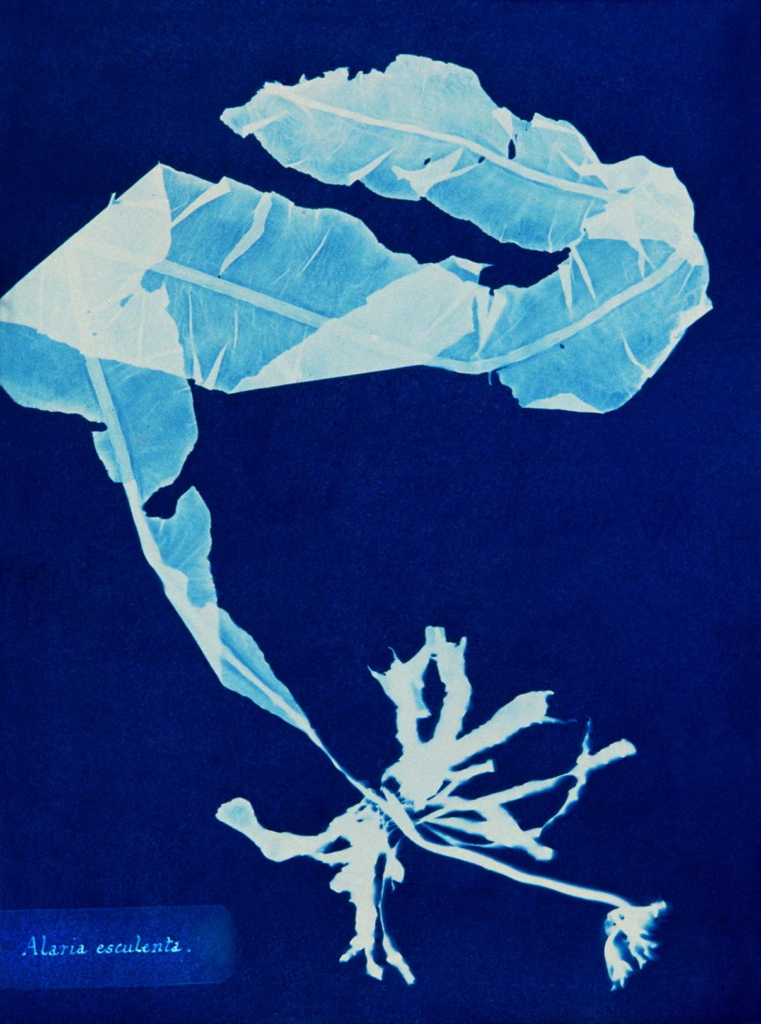
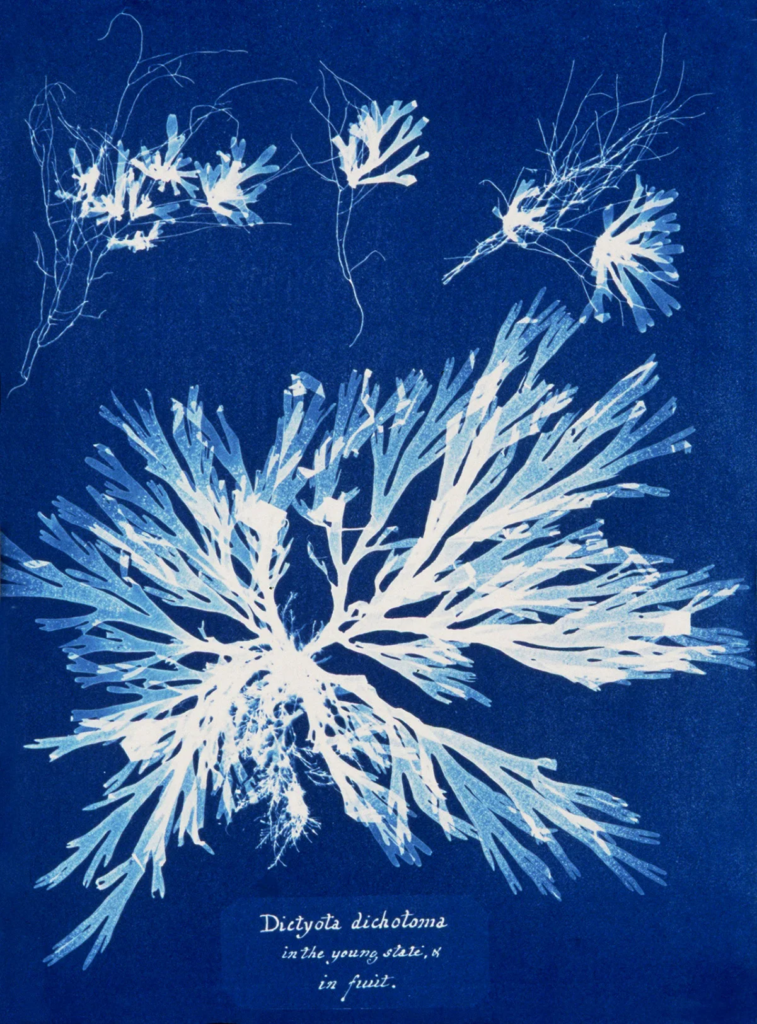
Her parent were close friends with William Henry Fox Talbot – a chemist, linguist and archaeologist, trained at the University of Cambridge – who invented the process called Calotype. Since he couldn’t draw his scientific observations he used a sheet of paper coated with silver chloride; by exposing it to the light of the camera obscura, he was able to create a negative image (as the areas exposed to light would become darker). Talbot went to discover that sensitising the photograph with gallic acid reduced the exposure time from an hour to a minute, by catalysing the chlorides reaction to light. The image was them fixed by submerging it in sodium hyposulfite and rinsing with warm water (it prevented the image from overexposing due to the silver chloride light sensitivity). Atkins had directly learned about the technique from Talbot.
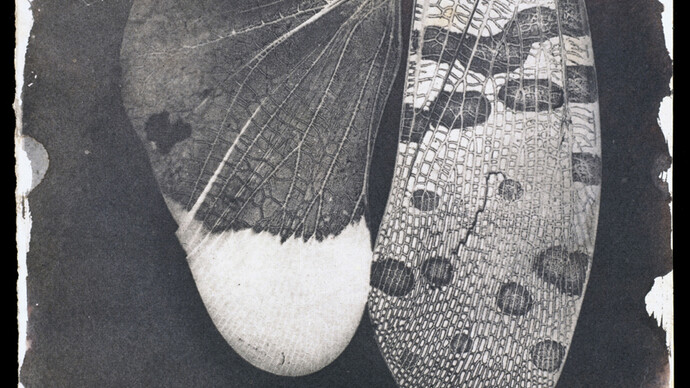
Another influence on Atkins was an astronomer and a friend, John Herschel. Herschel was the one who invented the cyanotype process in 1842. The process involved soaking paper in a UV light sensitive substance, created by mixing a solution of potassium ferricyanide and ferric ammonium citrate, and drying it in a dark room. An image is produced by placing an object on the paper and exposing it to light. The UV light and the citrate reduce the Iron(III) to Iron(II) following the reaction of the Iron(II) with ferricyanide this produces ferric ferrocyanide which has a blue pigment. After the paper has been exposed, it gets developed by washing in water so that all the Iron(III) salts get washed away. Next, the paper is dried. The areas where the objects were places are not exposed to the UV light and so remain white whilst the rest turns blue.

Gary Fabian Miller
Gary Fabian Miller, born 1957, is a British photographer who makes camera less photographs inspired by the early pioneers of photography. Miller got into photography at an early age, learning from his father who was a commercial photographer. He started off by exploring the landscapes of Dartmoor to communicate the idea of contemplation. “As I walked myself into the landscape, it became an experience of the sky space, the changing weather systems, the deep-thinking space, and that is how I think the work evolved from a kind of narrative, figurative based practice around trees and plants and nature into an abstract sky, light space.” He gained International recognition for his photographs of land, sky and sea in the series Sea Horizons of England that were shown in the Arnolfini Gallery in 1979.
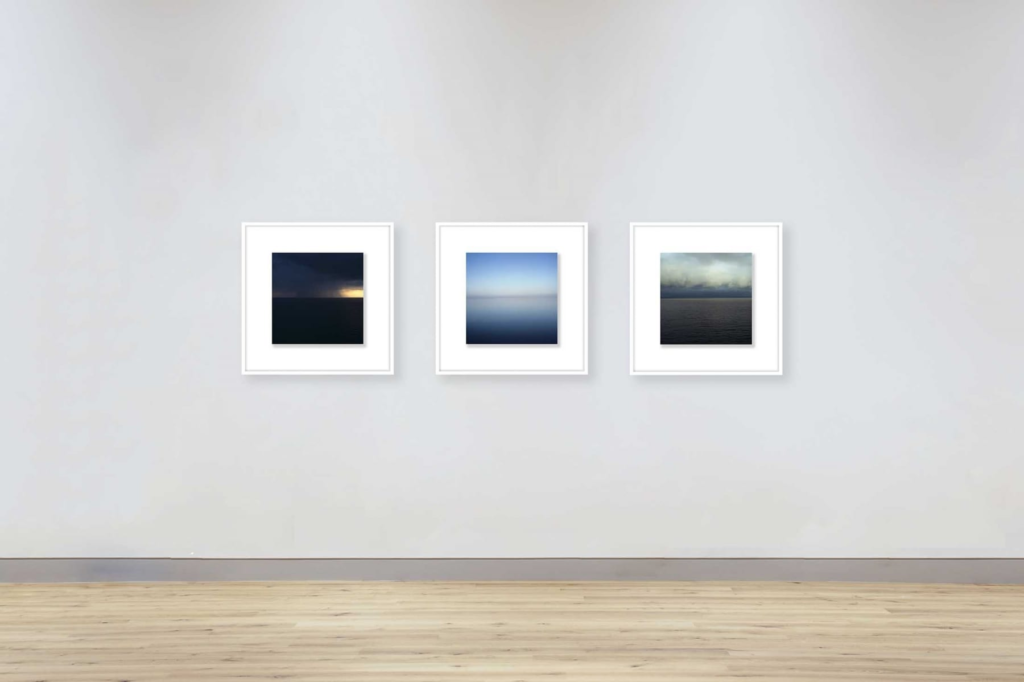
Millers journey with landscape ended in 1984 when he started exploring camera less photography. He was interested in the properties of light, time and colour, taking his photographs over days, months or even years. His process involves shining the light through a coloured glass over cut paper shapes or transparent objects such as leaves.
One of the biggest influences of Millers work where the early pioneers of photography such as Joseph Niecéphore Niépce. Niépce worked out a way of capturing images in a process called Heliography. It involved dissolving bitumen in lavender oil and inserting the coated pewter plate into a camera obscura to expose it to light for several hours.
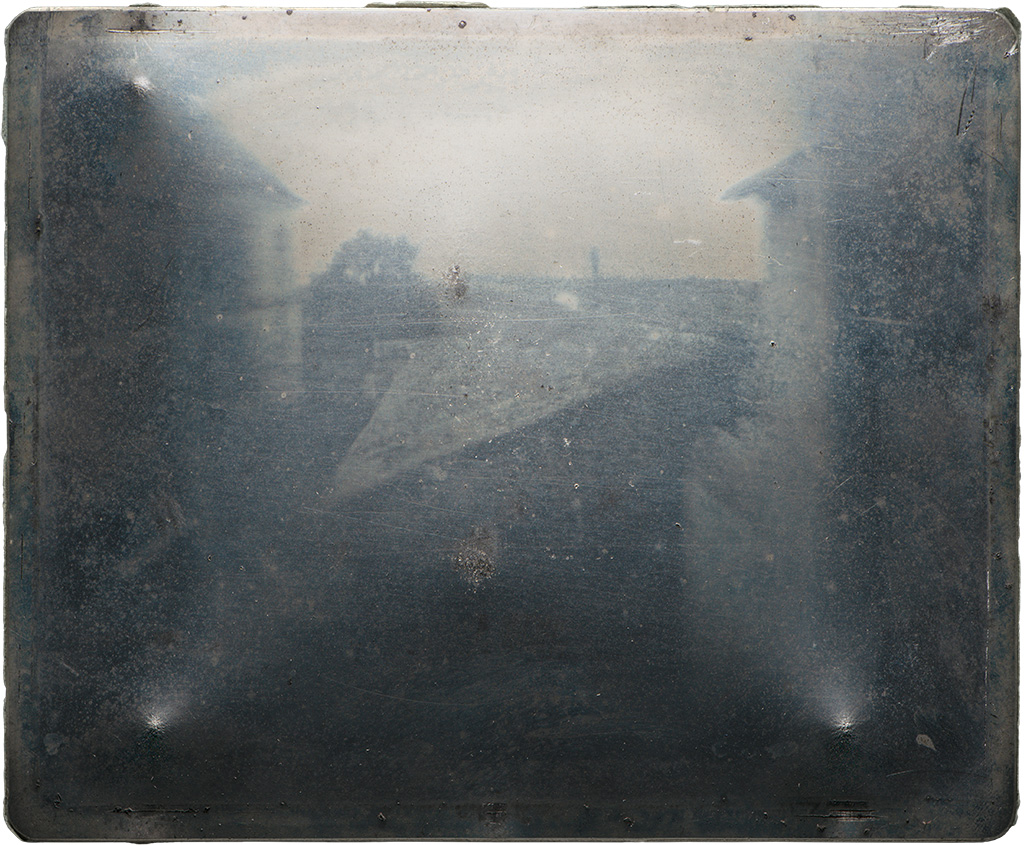
The camera obscura has a long history. Starting in the 5th century BC with a Chinese philosopher Mozi who found that letting rays of light pass through a hole into a pitch black room created an image. The same phenomena was also observed by Aristotle in the 4th century. A camera obscuras is essentially a dark box with a hole which lets in light, producing an inverted image on the inside of the box. This simple apparatus lead to many discoveries such as Alhazen’s Book of Optics which helped us understand how vision works.
Image Analysis
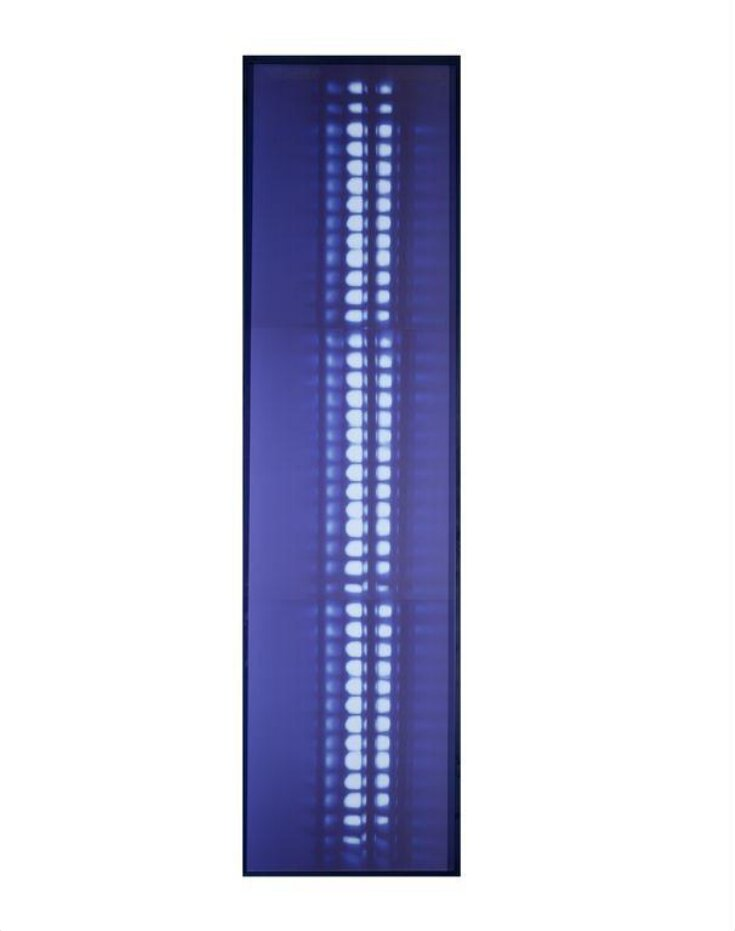
The Night Towers resembles DNA strands. “It is as if we see in Night Towers a Blueprint for human existence.” – Martin Barns, Shadow Catchers.


States of pink is a photograph taken by Gary Fabian Miller. Blue is a primary colour that belongs to the family of cold colours, it is associated with calmness, depth and spirituality. This shade of blue is dark and deep, evoking the feelings of stability combined with the square shape. Its somehow sombre and melancholic, the pink on the other hand is light, happy and passionate. Both the colours juxtaposed somehow complement each other, bringing the image together as the pink warms up the serious blue and the blue cools down the passionate pink. There is no hard edge between the pink and blue but rather a gentle fade which suggests the colours are not meant to be in competition but in complementary harmony.